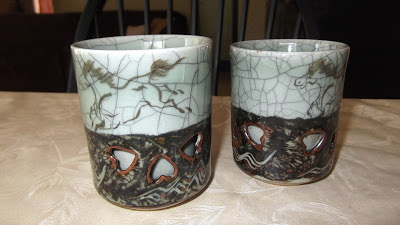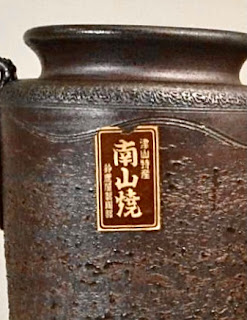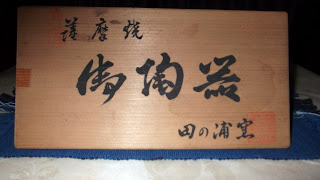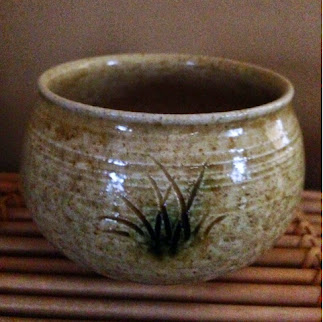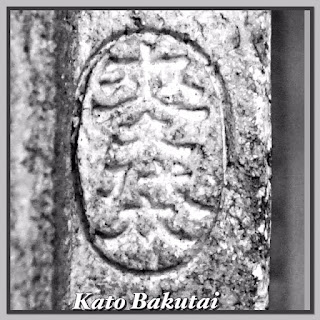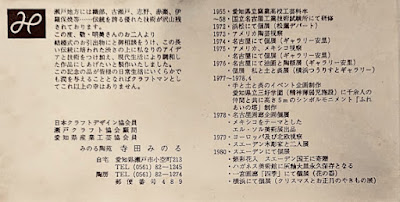Update:
https://www.nippon.com/en/japan-topics/b02343/fukushima’s-suetoku-pottery-moves-beyond-311-toward-the-future.html
Many of the Soma wares are double walled. It is called "Niju-Yaki". The crackles on blue Porcelain are called Ao-hibi. The heart shape cut outs represent plovers (Chidori). Notice the wavy brush pattern below? That represents waves. This combination of plovers and waves is called Nami-Chidori in Japanese, and is a common motif in Japanese arts. (Some people think the cut outs are hearts and I was told they were here hoofs but in the link below the artisan explains the motif.
Added a sake cup to my collection-no mark
SUE TOKU KILN. 陶徳窯
This is not a piece that I own but was given permission to use these photos for this blog so that it can help others. Mr. Sue lost everything in the Tohoku earthquake and tsunami. He tried to make a come back. He has since passed away.
KOZAN GAMA (幸山窯)
https://www.hankatsu.com/
Here are some catalog pages from a 1962-1963 Mail Order Gift Catalog of the Far East Exchange Service. (Thanks to Prudencio Rodriguez for allowing me to post from his collection)
Here are some catalog pages from a 1962-1963 Mail Order Gift Catalog of the Far East Exchange Service. (Thanks to Prudencio Rodriguez for allowing me to post from his collection)

